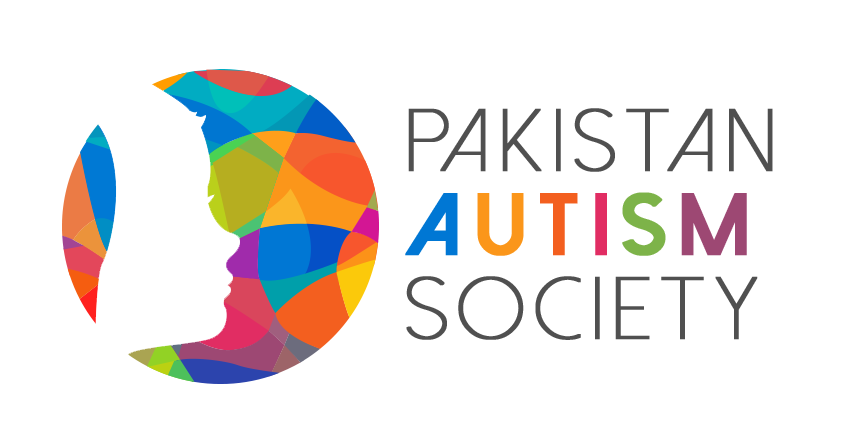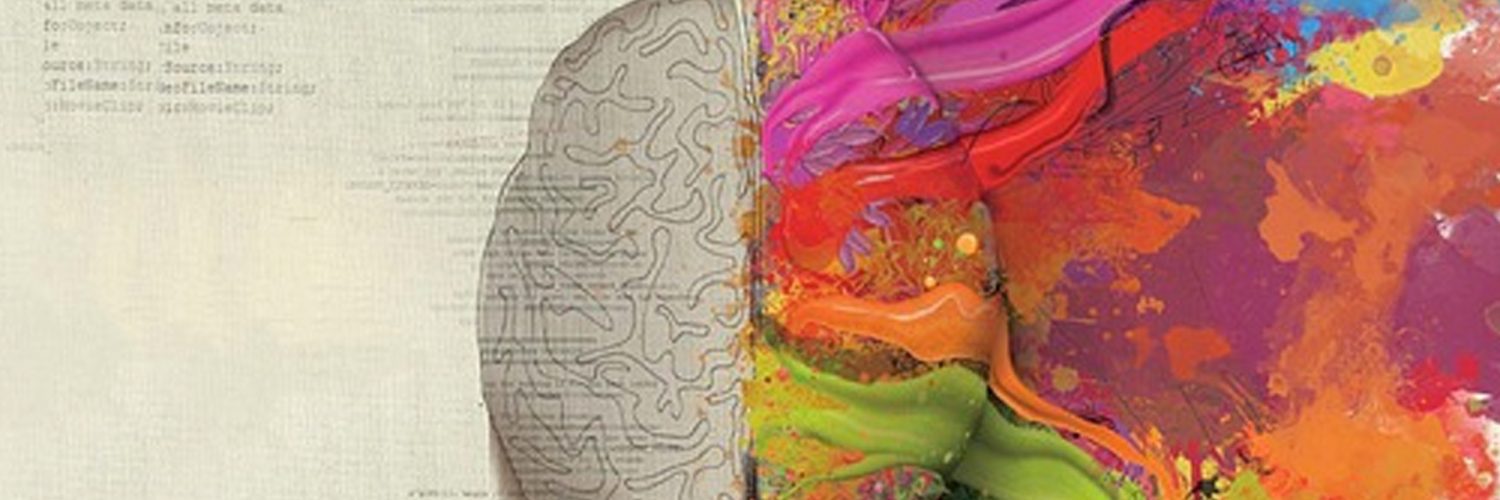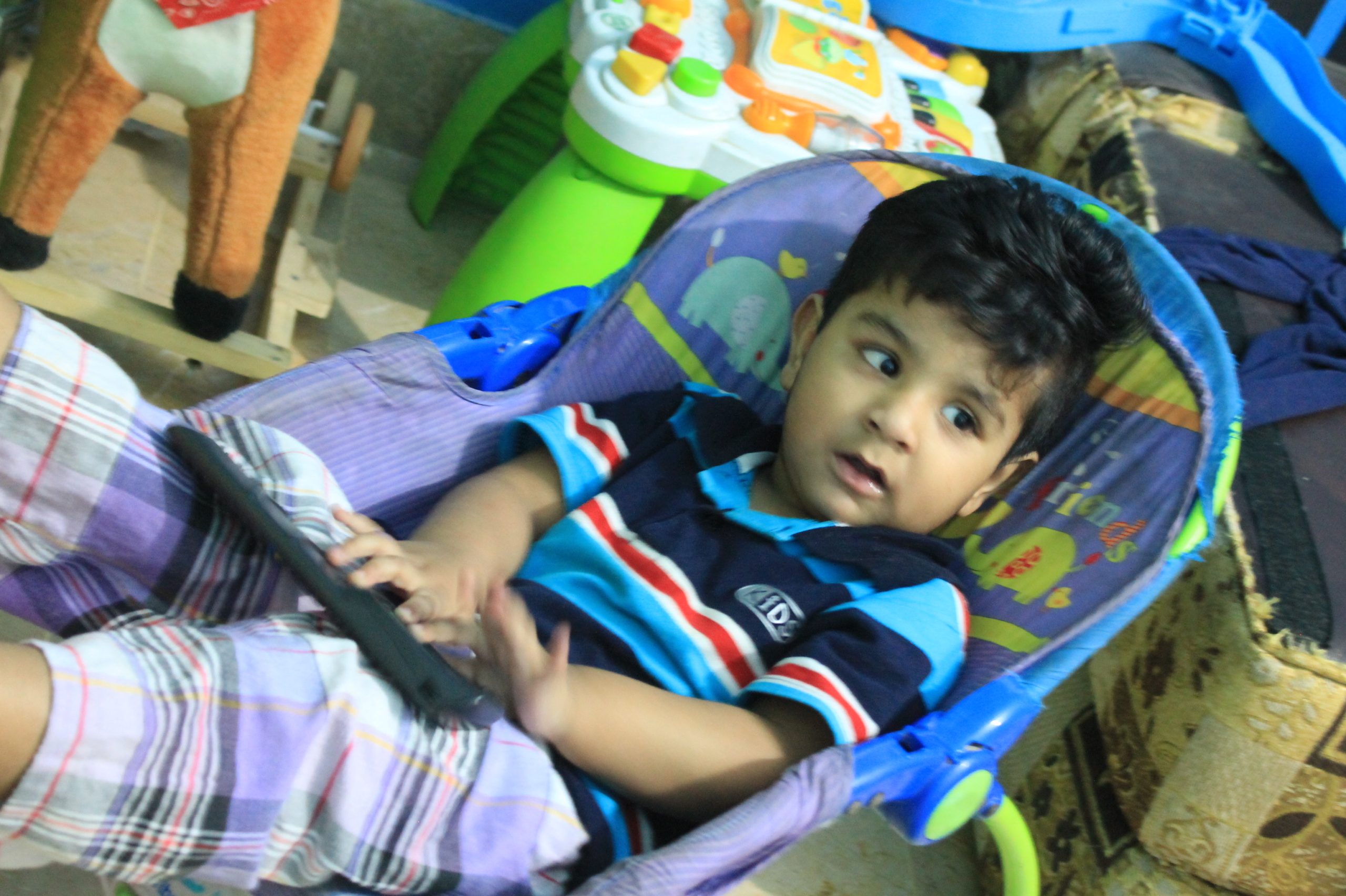The neuroanatomy of autism is difficult to describe, So it might be easier to talk about the architecture of the brain and how the autistic brain may differ.
So what’s different in the structure of this three-pound organ? Let’s start with a quick anatomy refresher: First of all, the brain is split into two halves or hemispheres. It is in these two hemispheres that we get the idea of a left brain and a right brain. In reality, our thinking and cognitive processes bounce back and forth between the two halves. There’s a little bit of difficulty in autism communicating between the left and right hemispheres in the brain. There are not as many strong connections between the two hemispheres.
In recent years, science has found that the hemispheres of ASD brains have slightly more symmetry than those of a regular brain. This small difference in asymmetry isn’t enough to diagnose ASD. Here’s what researchers do know. Left-right asymmetry is an important aspect of brain organization. Some functions of the brain tend to be dominated or to use the technical term lateralized, by a side of the brain. One example is speech and understanding. For most people (95 percent of right-handers and about 70 percent of left-handers) it’s processed in the left cerebral hemisphere. People with ASD tend to have reduced leftward language lateralization, which could be why they also have a higher rate of being lefthanded compared to the general population.
The differences in the brain don’t stop there. Another quick Biology 101 review: Within each half, there are lobes: frontal, parietal, occipital, and temporal. Inside these lobes are structures that are in charge of everything from movement to thinking. On top of the lobes, lies the cerebral cortex aka grey matter. This is where information processing happens. The folds in the brain add to the surface area of the cerebral cortex. The more surface area or grey matter there is, the more information can be processed.
Now, we’re going to get a little technical. Grey matter ripples into peaks and troughs called gyri and sulci, respectively. According to researchers from San Diego State University, these deep folds and wrinkles may develop differently in ASD. Specifically, in autistic brains, there is significantly more folding in the left parietal and temporal lobes as well as in the right frontal and temporal regions.
In the autistic brain, the brain reduced connectivity, known as hypoconnectivity, allows weakly connected regions to drift apart, with sulci forming between them.” Research has shown the deeper these sulcal pits are, the more language production is affected.













